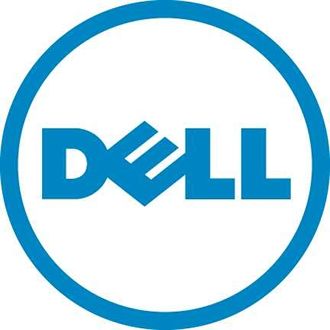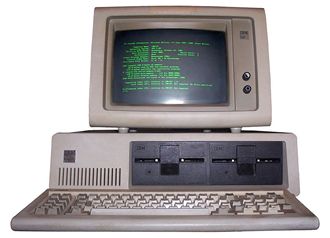 While thin client set ups have been touted as the “next big thing” for nearly two decades, it would appear that no-one can make cash from them.
While thin client set ups have been touted as the “next big thing” for nearly two decades, it would appear that no-one can make cash from them.
Bean counters at IDC said that the market leaders HP and Dell suffered double-digit shipment drops last year. Apparently companies are walking away from, or cancelling their thin-client projects. Ironically mostly before the poor economic climate, thin clients were touted as a cost-saving measure.
Thin client projects are being canned or postponed in the face of the faltering economic climate and reduced public budgets, IDC said as it warned that shipments in the sector shrank last year.
According to IDC, thin and terminal-client shipments fell 6.9 per cent to 5.08 million in 2015, with market leaders Dell and HP enduring double-digit drops.
To be fair it is not all doom. Thin-clients did better than PCs which fell 10.6 per cent last year. IDC insists that the outlook for thin clients and virtual desktop infrastructure (VDI) remains favourable, although people have been saying that since networking became a thing.
Jay Chou, research manager, worldwide enterprise client device trackers at IDC said that while there was a certain amount of slowdown expected as many organisations had just refreshed their systems a year or two ago, the extent of economic and currency-related issues had a definite impact in the budget and timeline of other projects which were supposed to be in the pipeline.
“Nonetheless, awareness around VDI continues to improve, and IDC does expect an improved outlook ahead, especially as companies begin to think about moving beyond Windows 7.”
While the PC market may be consolidating into the hands of fewer players, the same cannot be said of thin clients, where market leaders Dell and HP lost market share hand over fist during the year.
The US duo’s collective share of thin-client shipments fell from 55.1 to 50.6 per cent between 2014 and 2015, with Dell seeing shipments drop 13.8 per cent and HP suffering a 15 per cent fall, IDC said.
NComputing came third as its shipments rose 12.8 per cent to 518,000, IDC said.







